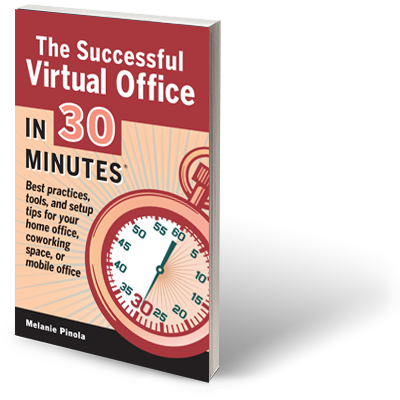About the Book
We’re in the midst of a workplace revolution. Thanks to broader and faster Internet access in most areas of the world, and recent technological innovations such as instant file sharing, we have the ability today to work as easily from home or from any other remote location as from a cookie-cutter cubicle. In fact, most of us would be even more productive and more satisfied with our jobs and lives by working from a virtual office.
While lots of people and many companies realize the value of this mode of work, a virtual office isn’t for everyone. Even when it is possible to work remotely, it’s not all rainbows and unicorns. There are real challenges involved when it comes to communication, time management, and teamwork. That said, with the proper frame of mind, the right tools, and robust processes in place, virtual offices can offer a vast improvement over traditional workspaces.
Topics covered in The Successful Virtual Office In 30 Minutes include:
- Home office requirements, from insurance to Internet
- Four elements of a productive home office
- Matching your main office and mobile office
- Ergonomics (or how to keep your office from killing you)
- Coffee shops, coworking spaces, and alternative office arrangements
- How to tame alerts, interruptions, and procrastination
- Optimizing your daily routine
- Building a workplace culture with a virtual team
- Working across time zones
- Dealing with communication challenges and resentment
- Melanie’s Top Tech Tools for connectivity, project management, security, and more
